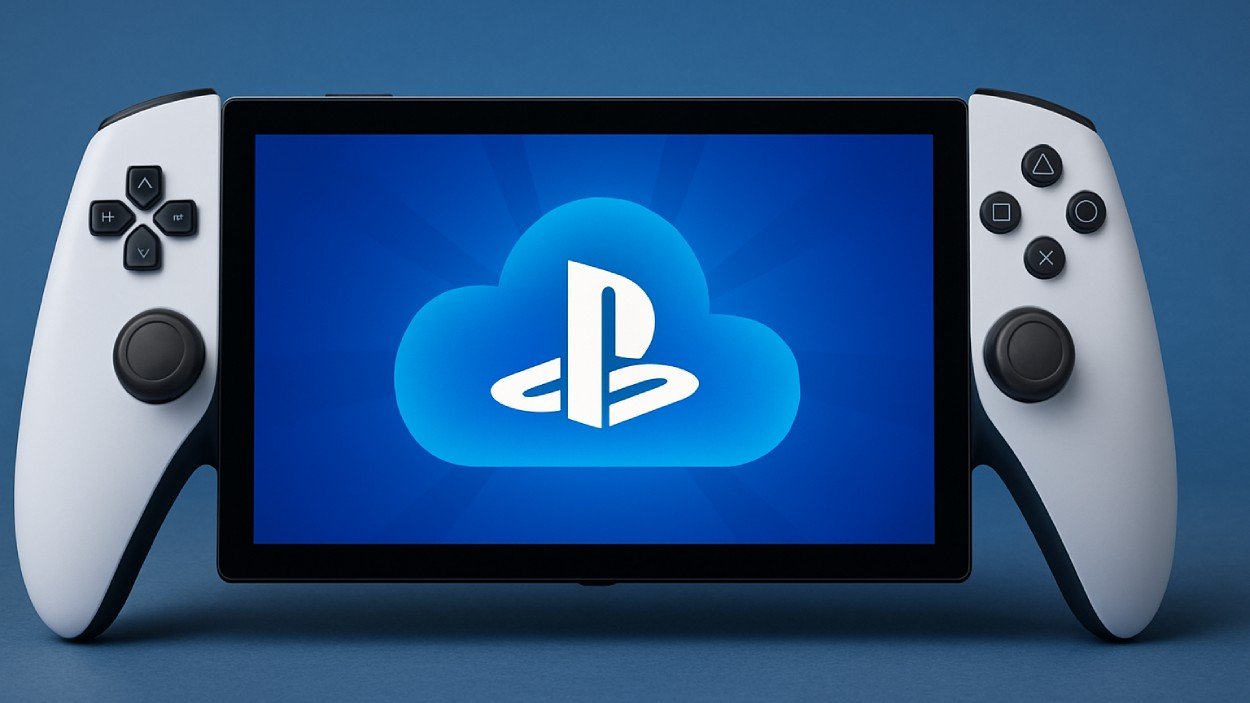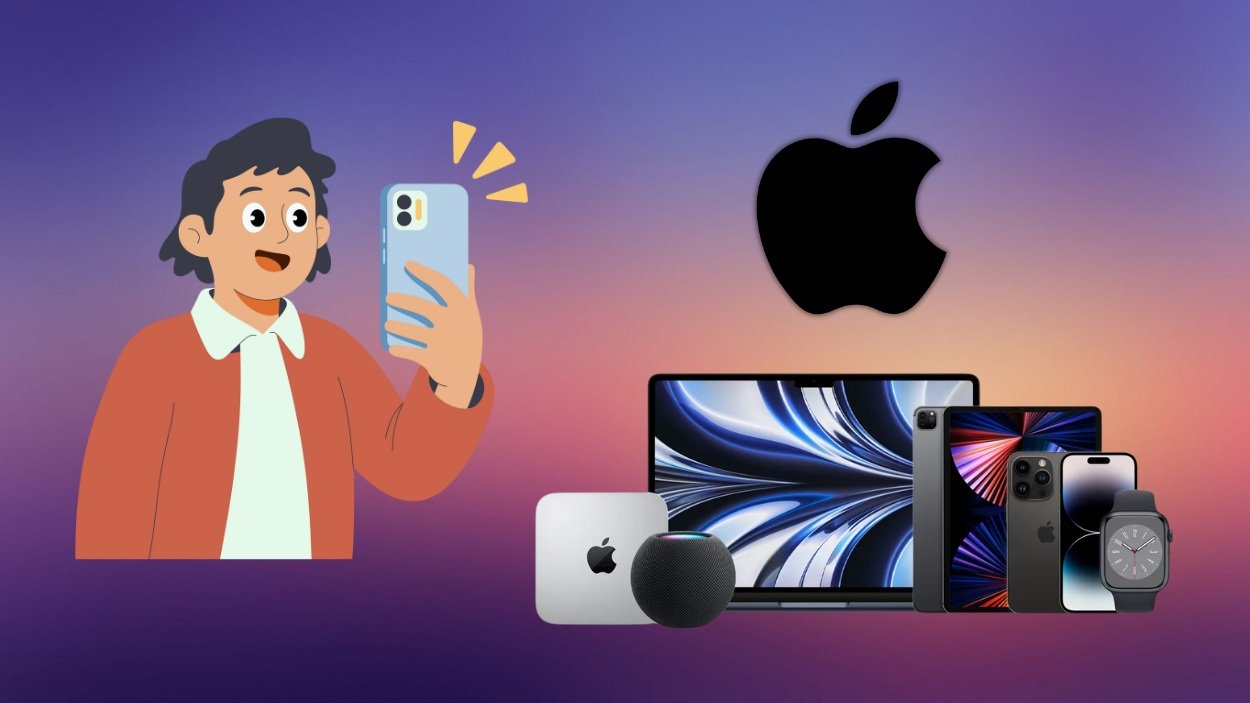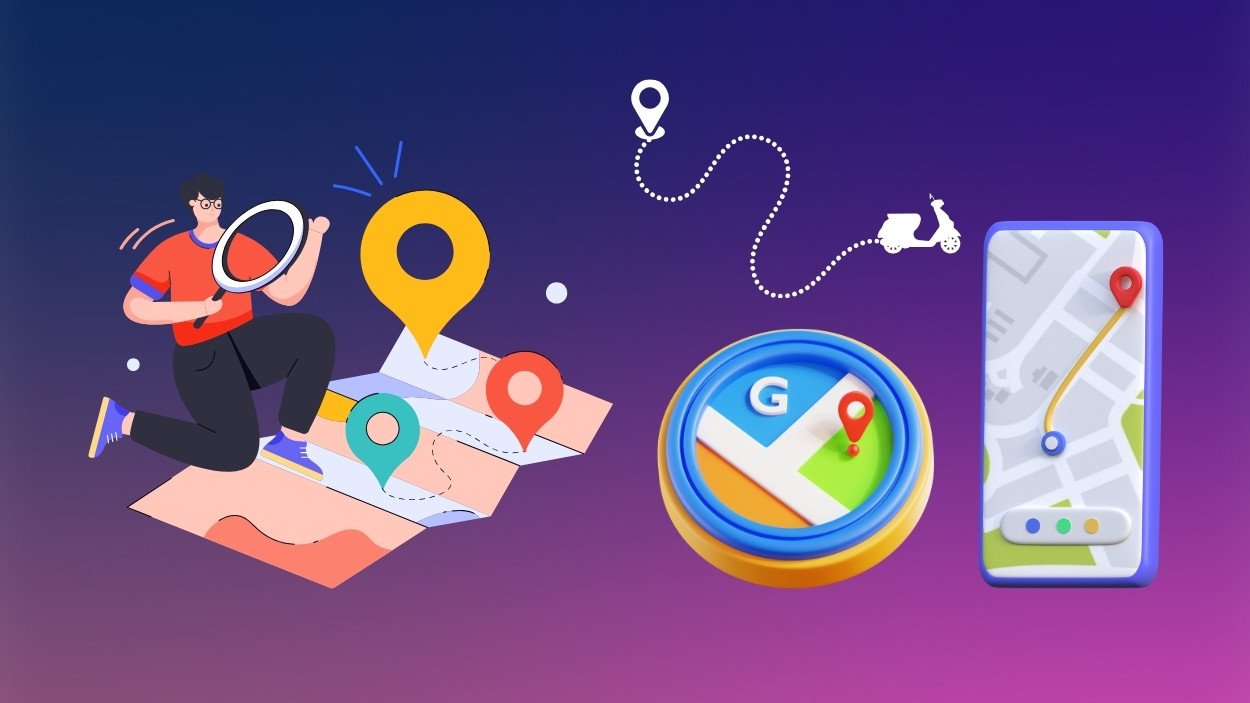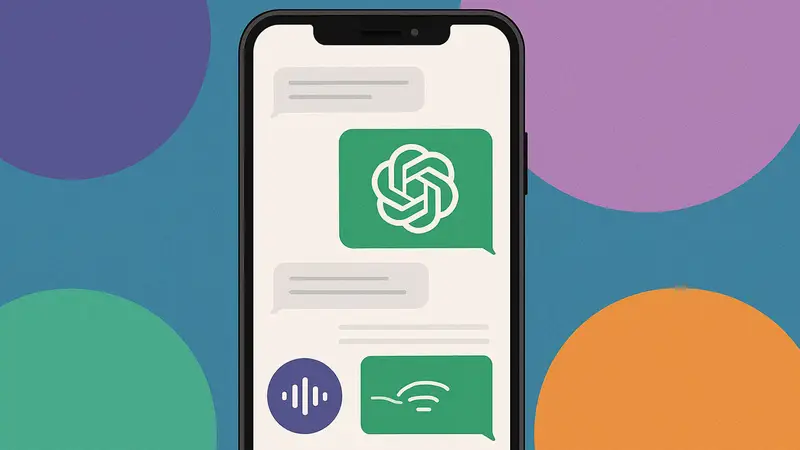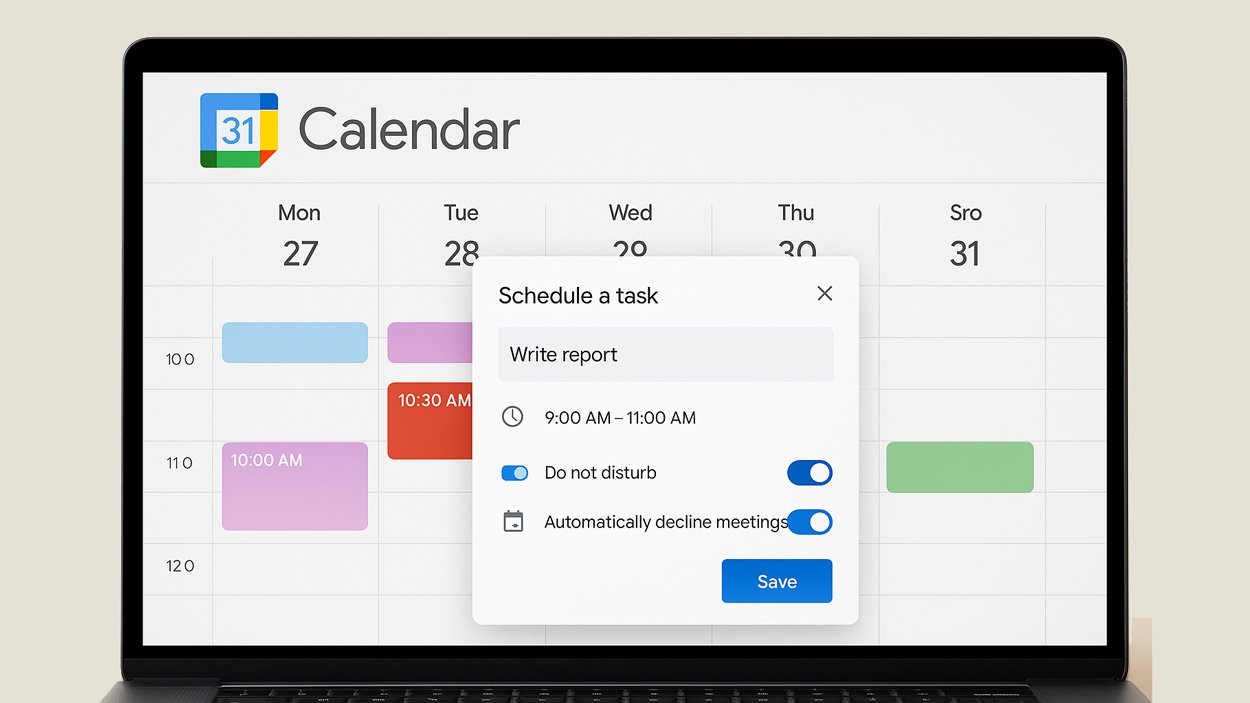Apple is reportedly developing an ambitious set of satellite-based features for upcoming iPhones, expanding far beyond the current emergency communication tools.
Quick Summary – TLDR:
- Apple is testing satellite-powered Apple Maps for navigation without Wi-Fi or cellular signal.
- Users may soon send photos via satellite through the Messages app.
- A new API for developers will allow apps to connect directly via satellite.
- Apple is improving “natural usage,” enabling connectivity even indoors or from pockets.
What Happened?
Bloomberg’s Mark Gurman revealed that Apple is working on new features that make the iPhone even more independent of traditional cell networks. These include an offline version of Apple Maps that works over satellite, expanded messaging features for photo sharing, and improved satellite connections that do not require users to point their phones toward the sky.
Power On: Apple is planning major updates to its iPhone satellite features. Here’s what’s coming and how industry shifts could impact Apple’s initiative. https://t.co/eKTULTsCuo
— Mark Gurman (@markgurman) November 9, 2025
Apple’s Expanding Satellite Vision
Apple first entered the satellite space with Emergency SOS via Satellite on the iPhone 14 series in 2022. Since then, the company has added roadside assistance and expanded global availability. Now, Apple wants to move beyond emergency-only use and make satellite connectivity a regular part of everyday iPhone functions.
The upcoming Apple Maps feature would allow users to navigate even when no cellular or Wi-Fi connection is available. This could be particularly useful for travelers, hikers, or those in remote regions. At the same time, Apple is said to be enhancing the Messages app to support photo sharing through satellites. Currently, only text-based communication is available.
Building a Broader Satellite Ecosystem
Another major upgrade in progress is an API framework that lets third-party app developers integrate satellite connectivity into their own apps. This could open the door for innovative use cases, such as satellite-enabled location tracking, logistics apps, or outdoor sports tools. However, Apple will reportedly allow developers to decide how they implement satellite functions, and compatibility may vary.
The improvements also include the concept of natural usage. Today, iPhone users must stand outside with a clear view of the sky to connect to a satellite. Apple’s new system aims to maintain stable connections even inside vehicles, buildings, or when the phone is in a pocket, making satellite connectivity as seamless as standard network use.
Boosting 5G Coverage with Satellite Support
Another feature in the works is 5G Non-Terrestrial Network (NTN) technology. This would integrate satellites into 5G infrastructure, potentially improving coverage in remote areas and reducing dead zones. Apple’s next-generation iPhones, expected around the iPhone 18 series, may be among the first to include this advanced hybrid connectivity.
Possible SpaceX Involvement
Apple currently relies on Globalstar as its satellite service provider and is helping finance infrastructure upgrades to support these new capabilities. If SpaceX’s rumored acquisition of Globalstar goes through, it could accelerate Apple’s rollout timeline. However, that partnership might also require Apple to rethink its satellite business strategy.
Internally, Apple executives are said to be debating whether to build an in-house satellite service or continue working with external providers. Some insiders argue that Apple should not act as a carrier, while others believe owning the technology could give the company tighter control over performance and reliability.
For now, Apple’s basic satellite services remain free to iPhone users, with potential premium features available through carrier partnerships in the future.
Daily Research News Takeaway
I find this development incredibly exciting because it shows how Apple is quietly transforming the iPhone into a truly global communication device. If satellite Maps and messaging become as seamless as Gurman suggests, we might see a future where losing a network signal no longer matters. Apple is not just refining its ecosystem; it’s rewriting how connectivity works. The key question will be how soon Apple can deliver this without compromising battery life or cost.




